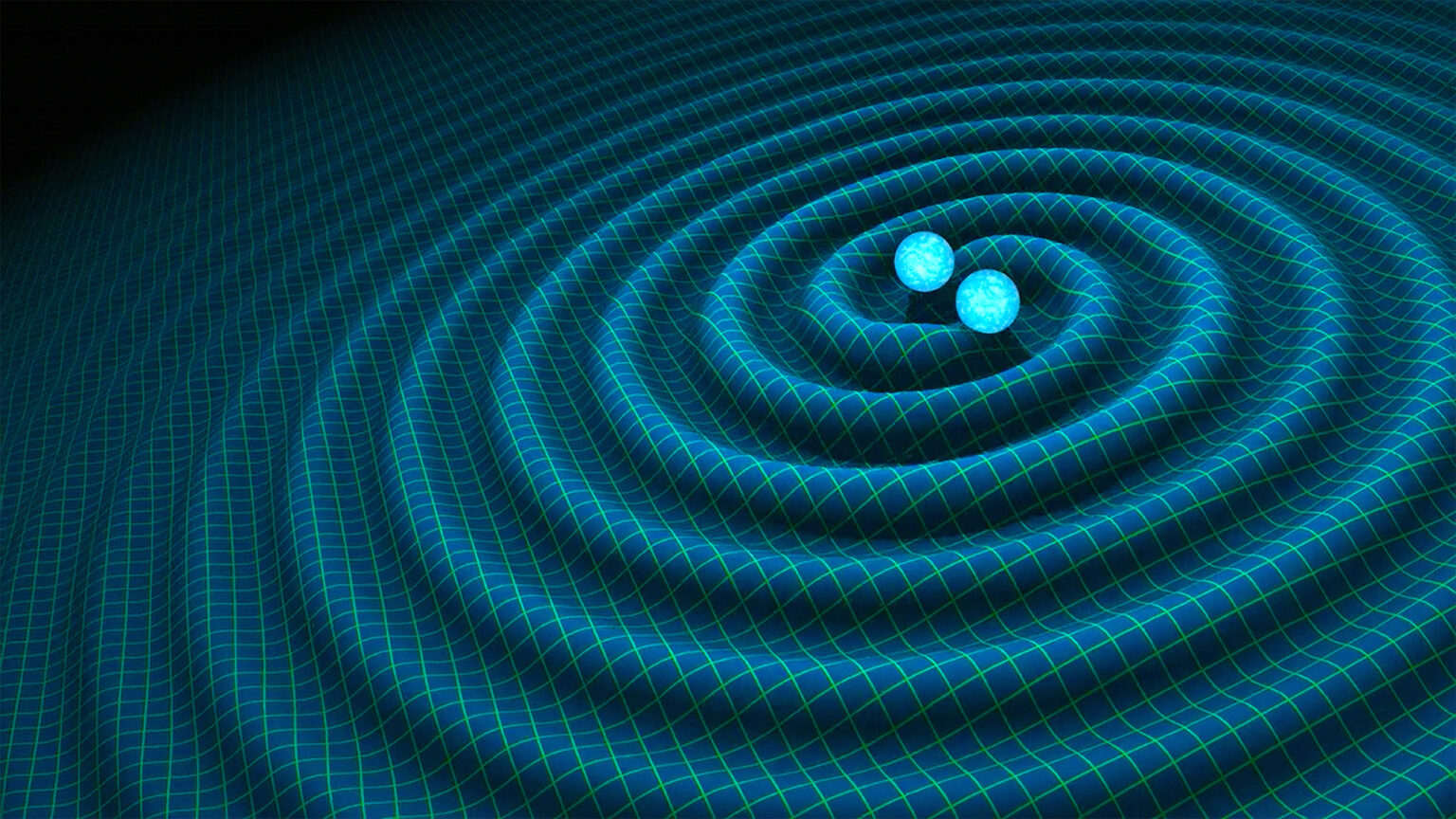Scientists report the discovery of gravitational waves that come from the merger of two compact objects. The heavier one has a mass that falls into a mass gap, in which no object is known so far.

Gravitational waves reveal an amazing object
Researchers from the Institute of Cosmology and Gravity (ICG) at the University of Portsmouth have discovered an amazing gravitational wave that may hold the key to solving a mystery. We are talking about one of the signals discovered last year by the LIGO-Virgo-KAGRA collaboration, which involves more than 1,600 scientists from around the world.
The GW230529 signal is interesting for at least two reasons. Firstly, it is one of the first discovered during the new, fourth program of exploring the Universe using gravitational wave detectors. It used a new system for detecting time-space disturbances passing through our planet.
Usually, this requires that the event be registered by several detectors, which is not always possible. However, the new software allows this to be done only on one device due to the analysis of fluctuations in the noise level.
Secondly, the event of the merger of two bodies registered by scientists is interesting because the larger of them has a mass of 2.5 to 4.5 solar. This falls into the so-called “mass gap”, which scientists still cannot explain.
What is the mass gap?
The history of studying black holes and neutron stars began with the theoretical prediction of their existence. Among other things, the Tolman-Oppenheimer-Volkov limit was established, the value of the mass, above which the object should definitely be a black hole, but not a neutron star. However, it was not possible to establish its exact value. It should be somewhere between 2.14 and 3 times the mass of the sun.
The exact value of the Tolman-Oppenheimer-Volkov limit could help to establish observations. First, scientists learned how to find black holes by X-ray radiation from matter falling on them. Then came the research of gravitational waves.
The only problem is that neither the first nor the second have helped to establish the exact value of the boundary between black holes and neutron stars. Because compact objects heavier than 2, but lighter than 5 times the mass of the Sun either do not exist at all, or they are extremely rare. And no one really knows what kind of celestial bodies they are.
What the new study tells us
The GW230529 signal is interesting because it can finally help to understand what happens in the seemingly empty mass gap between heavy neutron stars and light black holes. It’s just a pity that it’s the only one among the 200 events of the new review.
Gravitational waves do not carry information about the nature of the objects that gave rise to them. However, the smaller of them, with a mass of 1.2 to 2.0 solar masses, can only be a neutron star. But scientists have still to find out what the larger body is.
According to phys.org
Follow us on Twitter to get the most interesting space news in time
https://twitter.com/ust_magazine


